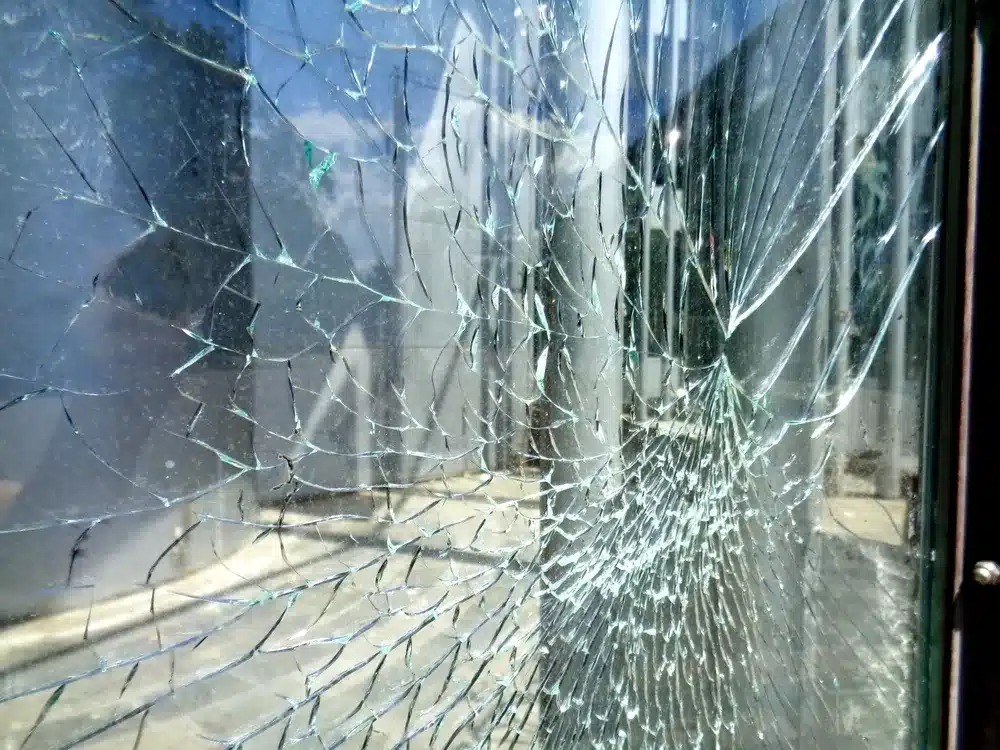Glass Repair is essential when cracks appear in your windows or doors. While glass enhances both home design and energy efficiency, knowing whether you need a simple repair or a full residential glass replacement is key. In many cases, replacing damaged glass is the more reliable long-term solution.
Signs Indicating the Need for Residential Glass Replacement in Las Vegas:
Feeling a Draft:
A draft may be present if you frequently place a towel in front of your glass door or experience chills near your window. This suggests a crack in the seal, leading to undesired airflow. To address this issue and prevent energy wastage, replacing the glass is recommended. Drafts can impact your home’s temperature and contribute to increased energy bills.
Cracked or Broken Panes:
While minor cracks can sometimes be repaired, large cracks or completely broken window panes require replacement. Attempting to repair significant damage can be as expensive as opting for a replacement. Upgrading to new, sturdier glass is a more effective solution for preserving the integrity of your windows.
Unpredicted Fog Glass Repair:
Fog inside windows or glass doors indicates moisture penetration, often due to a broken seal. Temperature fluctuations cause frames to expand and contract, weakening the seal. If water becomes trapped between the glass panes, it can lead to water damage. Prompt glass replacement is essential to address a loose or ineffective seal.
Stubborn Doors and Windows:
Sticking or improperly closing doors and windows warrant serious consideration for glass replacement. These issues can result in heat loss during winter and the entry of humid air in summer. Correcting such problems with a replacement is more efficient than relying on an HVAC system to compensate. Additionally, faulty doors and windows pose safety risks, as they are easier entry points for intruders.
Repeated Issues:
If you have undergone one or more glass repairs and still face problems, opting for a replacement becomes a practical choice. Frequent repairs can accumulate costs over time, making replacement a more cost-effective and lasting solution.
Prioritize the safety, efficiency, and aesthetics of your home by considering residential glass replacement when signs of damage or wear become evident.
Exploring Alternatives to Glass Repair
When repair isn’t feasible, it’s essential to know your options. Replacement is often the safest choice, particularly for auto glass where visibility and strength are non-negotiable. Opting for new glass ensures that the full integrity and safety standards are met, eliminating any risks associated with compromised glass.
Preventive measures can also significantly contribute to managing glass issues. Applying protective films to windshields, using cases for glasses, and practicing careful handling of glass pipes are all methods to extend the lifespan of glass items and minimize damage. These measures are proactive steps that can reduce the likelihood of needing repairs in the first place.
Knowing when to replace rather than repair, and implementing preventive strategies, can help avoid unnecessary costs and enhance overall safety. Always evaluate the full context of the damage and the potential repercussions before making a decision. This foresight can prevent future headaches and ensure that your glass items serve you well for years to come.

Maintenance Tips to Prevent Irreparable Glass Damage
Maintaining glass items with care is an excellent way to prevent damage. Regular inspections are vital; checking for hairline cracks in windshields or minor scratches on eyeglasses can catch potential issues early. Addressing these problems promptly can prevent them from escalating into irreparable damage that necessitates replacement.
Another tip is to keep the glass clean and clear of debris. Dirt particles can exacerbate scratches or cracks, leading to more significant issues over time. Use appropriate cleaning solutions and soft cloths to maintain cleanliness without risking additional scratches or damage.
Temperature control is another critical factor. Glass is sensitive to extreme temperatures, so consider parking vehicles in shaded areas or garages and avoid exposing glass items to sudden temperature changes. This practice can help mitigate stress cracks and prolong the life of your glass.
FAQs: Knowing When Glass Repair Isn’t an Option
What signs indicate that glass repair is not an option?
Signs include large cracks, damage near edges, and compromised structural integrity due to high-impact incidents.
Why can’t tempered glass be repaired?
Tempered glass shatters completely upon impact, rendering repairs impossible. It must be replaced for safety.
What preventive measures can be taken to protect glass items?
Regular inspections, keeping glass clean, and controlling exposure to extreme temperatures are effective preventive measures.
When should I opt for glass replacement instead of repair?
Replacement is advisable when the damage exceeds repairable limits, such as large cracks, damaged laminated layers, or when safety is compromised.































